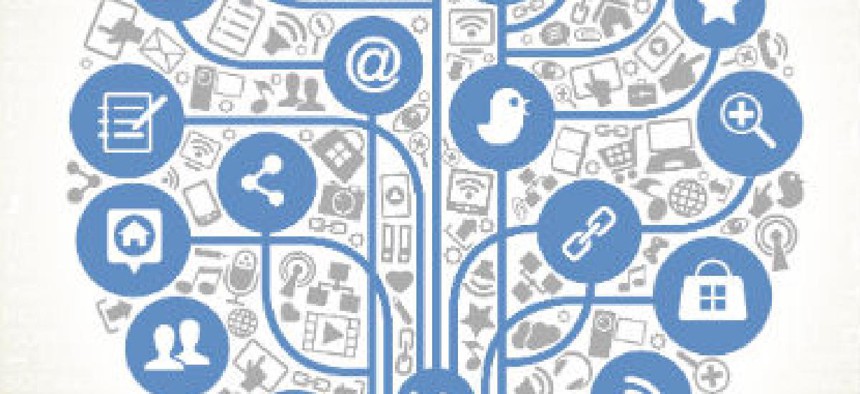A better, more social government in 2014

The General Services Administration's social media program manager has a short list of signals to watch.

For 2014, the field of social media for public services will continue to see growth and technological advancement as social data allows agencies to make their programs more responsive and user-centric.
Just a couple years ago, the question was, “Are agencies even using social media yet?” Now the questions focus on results: Are agencies effectively measuring and reporting the impact of social media services? And are those services accessible to citizens who need them? In those areas, there are limitless opportunities for improvement.
With that in mind, the top three things to look for in government social media in 2014 are:
-- More advanced analysis of social data for better performance management and innovative services such as predictive analysis, digital customer service and mobile development.
-- Acquisition of more sophisticated social technologies for agencies, managed by an increasingly experienced digital workforce.
-- Strategies and policies that deliver improved public services to citizens anywhere, anytime, on any device.
One development we’ll see emerge is location-based services. An example that was recently unveiled is Twitter Alerts, which can send emergency alerts to your Twitter account from local or national government agencies. After all, when an emergency happens, citizens don't want to go hunting for critical information.
This is a promising start, and the technology already exists to take it further. Using a customized application programming interface from the federal Social Media Registry, individuals and organizations can create entire sites for mobile devices that not only aggregate key information from across agencies but also allow users to respond and engage so they can receive better public services.
Another innovation is the evolution of social media policies and performance analysis. That is happening as agencies better understand how social media and data can be used in their agency outside the traditional public affairs function. For example, officials at the Centers for Disease Control and Prevention are holding a public competition on Challenge.gov for individuals to use data from social media to predict flu outbreaks, information which can then be used to make response services more efficient and effective.
Social media for agencies will appear more diverse in 2014 as a result of advancements that tailor public services for customers. And thanks to policy enhancements, we’ll more clearly see the positive impact on those services.





